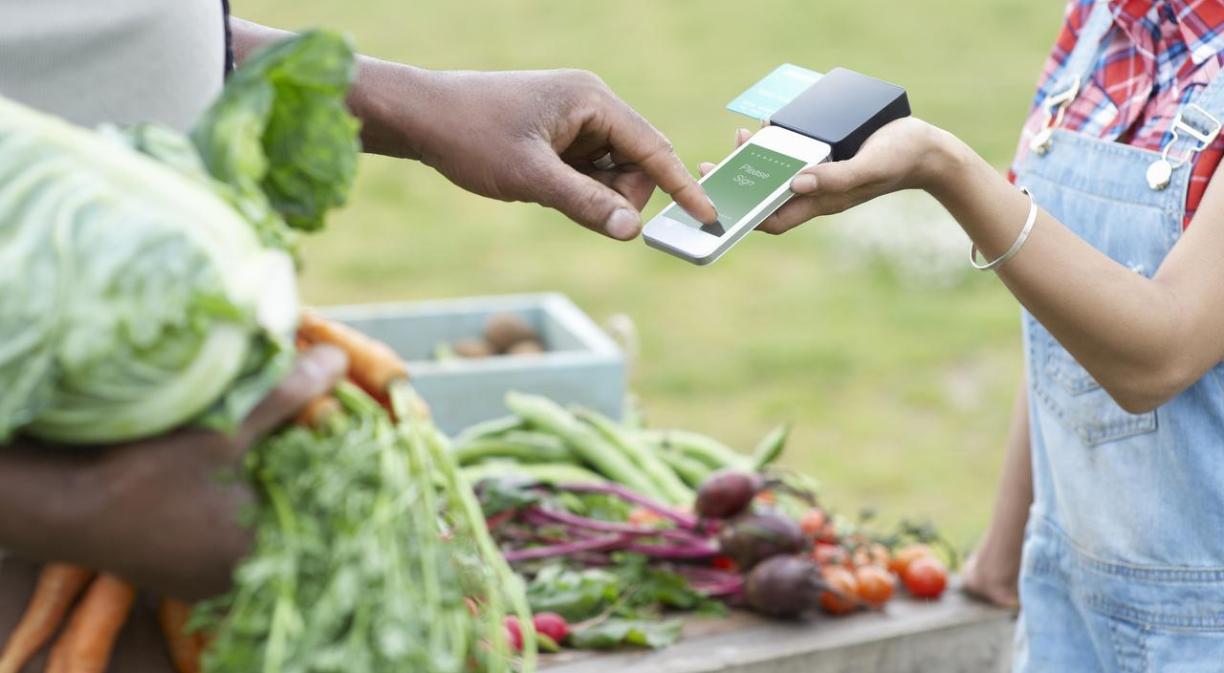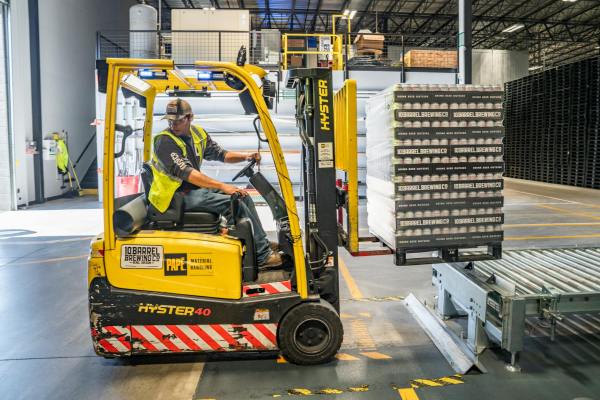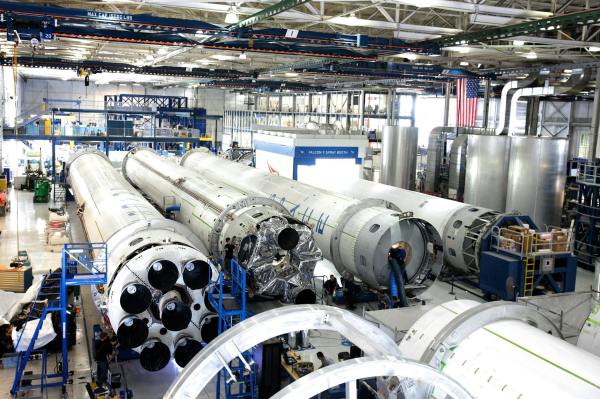Agriculture 4.0 ranks first on the list of strategic technologies for the economy over the next ten years provided by the World Economic Forum in its report titled Markets of Tomorrow 23. This trend in the industry is key to the challenge of feeding a population of 9,700 million people in 2050; the digitisation of the agri-food sector improves production techniques, increases productivity in a sustainable manner and reduces costs.
Although Agriculture 3.0 introduced automation and data collection at the end of the first decade of the 21st century, with the Fourth Industrial Revolution or Industry 4.0 and the advent of technologies such as AI, Big Data and the IoT, it’s evolving into Agriculture 4.0, which can optimise agricultural productivity like never before. It’s a new digital farming model based on the intelligent analysis of data from the entire supply chain, driving precision farming and transforming it into smart agriculture.
The digitisation of the agri-food sector not only increases the profitability of farming, it also makes it possible to adapt to climate change, reduce greenhouse gas emissions and make more efficient use of water and chemicals such as fertilisers and pesticides, thus helping to minimise waste and care for the environment.
With this technological innovation, smart farming incorporates different innovations to automate and continuously monitor farming tasks and provides farmers with accurate information to enable them to make decisions in real time. Thus, digital farmers are able to anticipate the appearance of certain diseases and pests, calculate the exact amount of water required for irrigation and detect the growth of weeds. In addition, they can plan the different stages with greater cost control and improve the traceability of the supply chain.
Sustainable Agriculture 4.0 technologies for addressing the future
The technologies that define Arigriculture 4.0 come together to record data, perform diagnoses on the state of the crops and soil (by separate areas or even plants), design and plan strategies and act in keeping with needs. And they do so without the need for digital farmers to travel to the fields, as everything is available on mobile phones.
The so-called “Internet of Things” is also going to have a significant impact
In the same way as this technology connects smart cities, the digitisation of Agriculture 4.0 collects data via wireless IoT sensors that provide real-time information on the soil and the environment, including moisture, water absorption through the roots, the presence of nitrates, salinity, CO2 in the air, temperature and luminosity, among other parameters. This technology also facilitates exchanges of information with the IoT sensors of, for example, drones and satellites. In other words, they’re all interconnected and they communicate with each other to optimise the crops.
Via this wireless sensor network, these data are instantly stored in the cloud and they can be accessed from anywhere by means of a smartphone or PC. Digital farmers can even share them with third parties, e.g. partners throughout the value chain.
Let’s discuss Big Data
This digital tool facilitates the automatic analysis of the data collected by different kinds of IoT sensors in crops and from any other sources, including drones and robots. And it provides predictive information; the data are interpreted and converted into useful knowledge, enabling digital farmers to make informed crop and marketing decisions and thus gain a competitive edge. To do so, a large volume of data must be rapidly generated.
5G connectivity, a key pillar in its development
To support this huge amount of data and obtain them instantly, we need powerful connectivity such as , which is the key to Agriculture 4.0 and the central link between the technologies involved in it. This generation of mobile telephony networks provides high-quality and very fast internet connectivity with lower latency. This is reflected in real-time data collection, analysis and transfer to ensure safe and efficient farming practices (particularly the use of autonomous tractors, drones and unmanned aerial vehicles and other robotic devices). Hence, the deployment of 5G technology in the rural environment is of paramount importance in the development of digital agriculture.
The year of Artificial Intelligence
Digital agriculture applies AI to automate and optimise tasks by means of machines and management software that process and evaluate the data and make decisions in real time. One of the main areas of application of AI in this industry is machine vision. With the information gathered from images captured by cameras and sensors (on fixed and mobile media), it makes decisions as if it were the digital farmer.
Let’s not forget drones and robots
Autonomous agricultural machinery, using cameras and image recognition algorithms, can help digital farmers to perform numerous tasks, even ones in remote places that are inaccessible to humans. Drones and autonomous robots are used, for example, for reaping, harvesting, selective spraying, pruning, weeding, detecting pests and monitoring farms. Agrobots can thus alleviate the digital farmer’s workload and labour shortages.
A bit of blockchain
Just as the digitisation of the agri-food sector is redesigning the value chain, blockchain technology is improving traceability throughout the supply chain by storing all the information in an immutable data registry. Among other benefits, the introduction of this technology into agricultural practice will provide consumers with transparency with regard to the origin, date of production and quality of the product. It can also be used to guarantee food safety, as it rapidly locates the source of the contaminant and sends health alerts on the affected products. In short, Agriculture 4.0 delivers the best performance; it produces more with fewer resources, thus reducing costs in a way that’s more sustainable for the planet.














